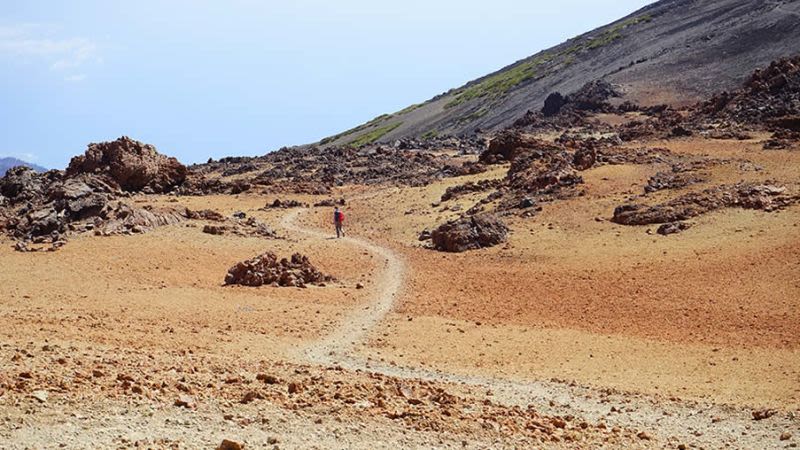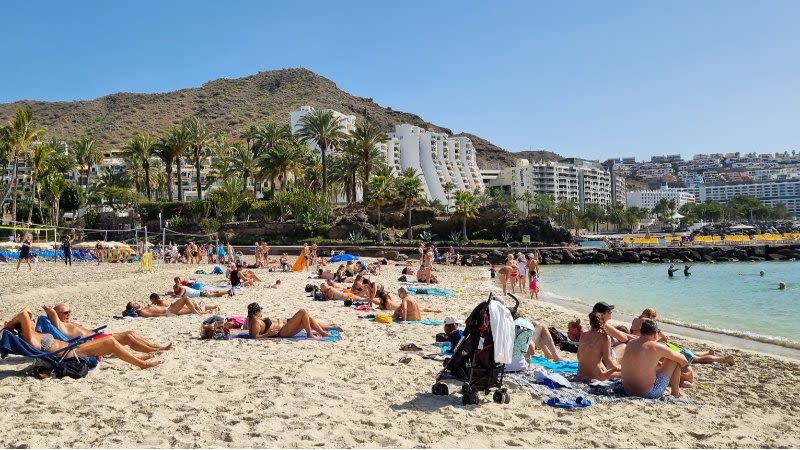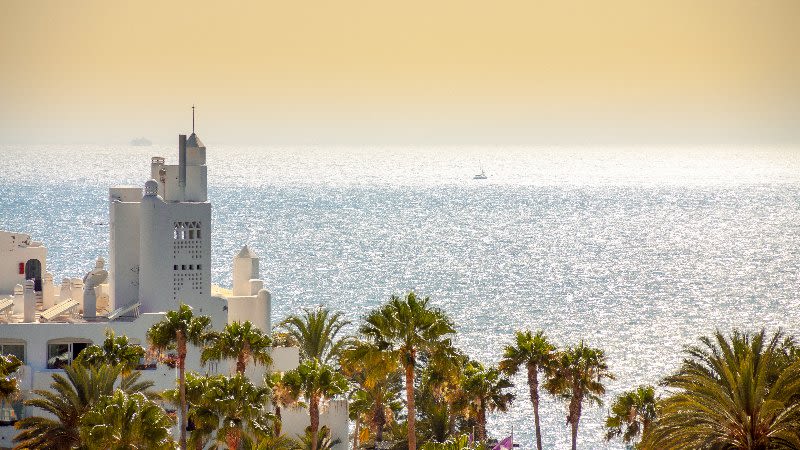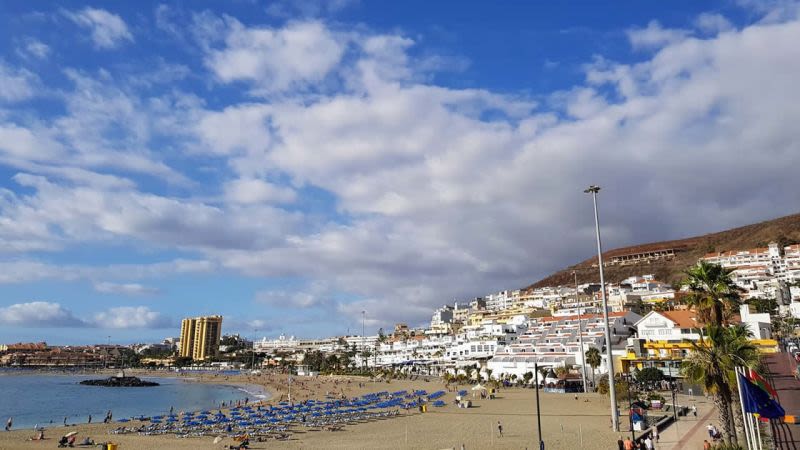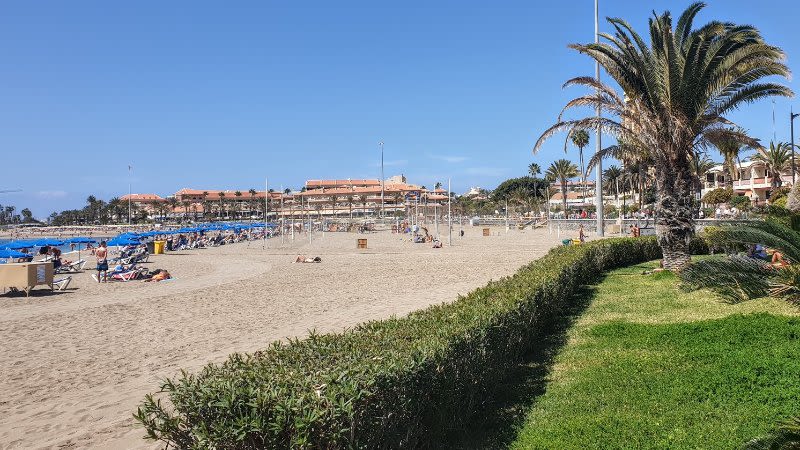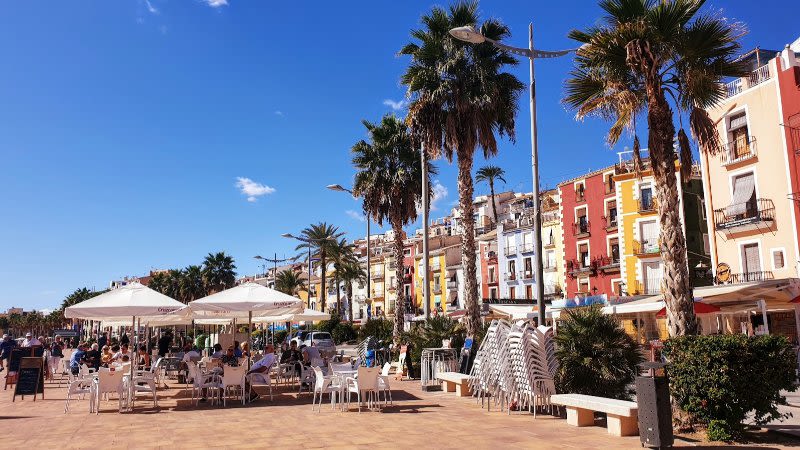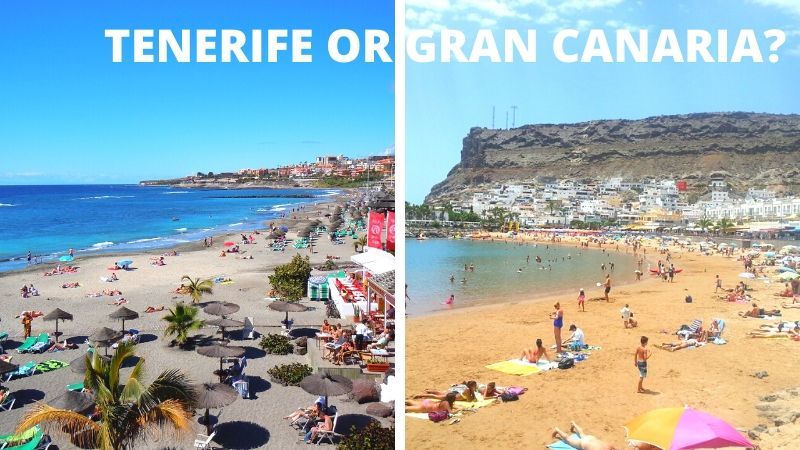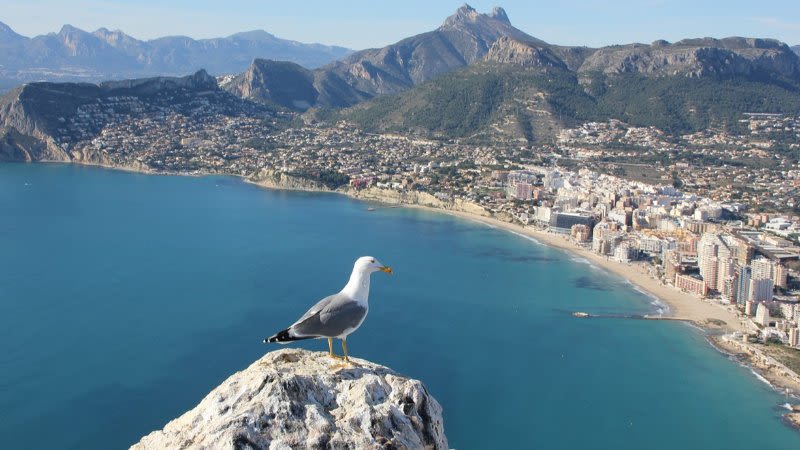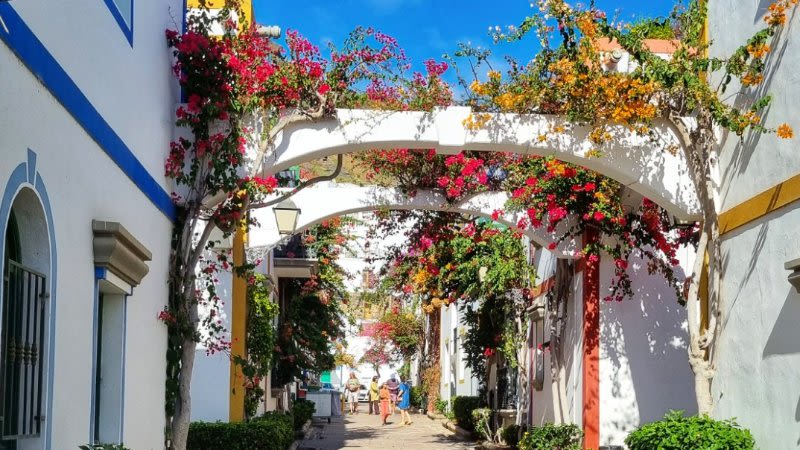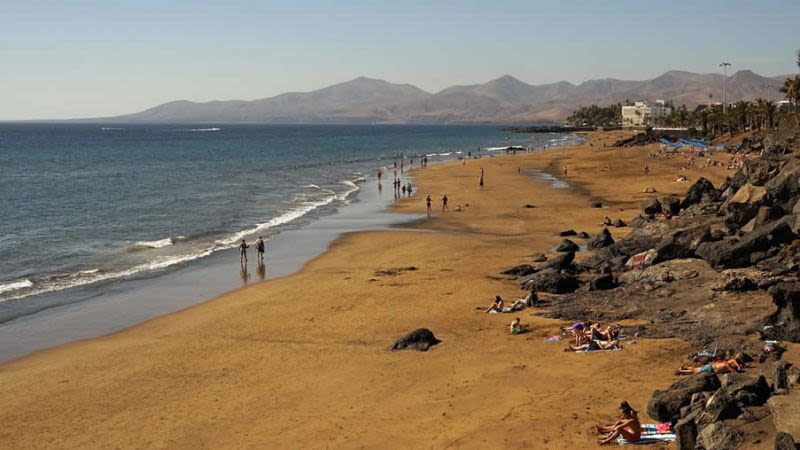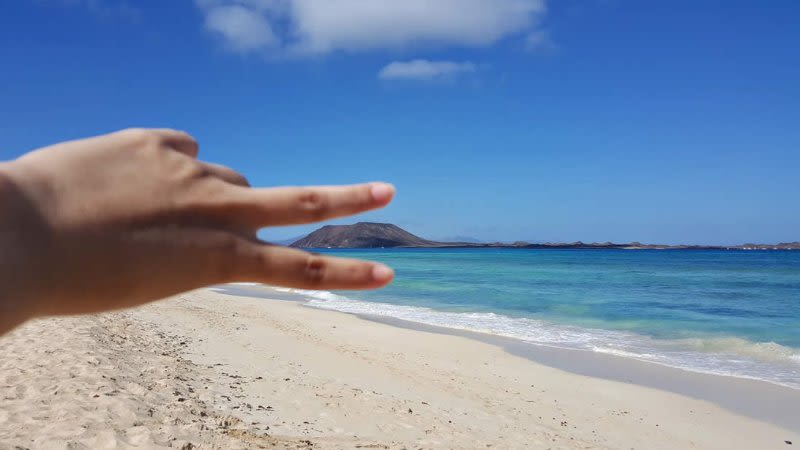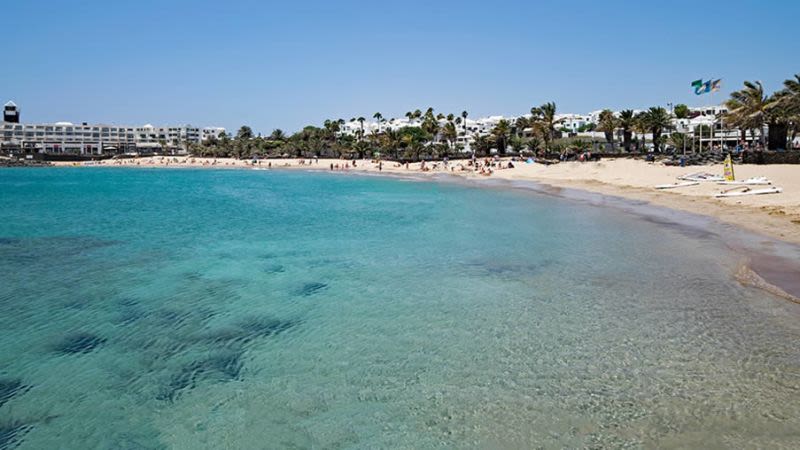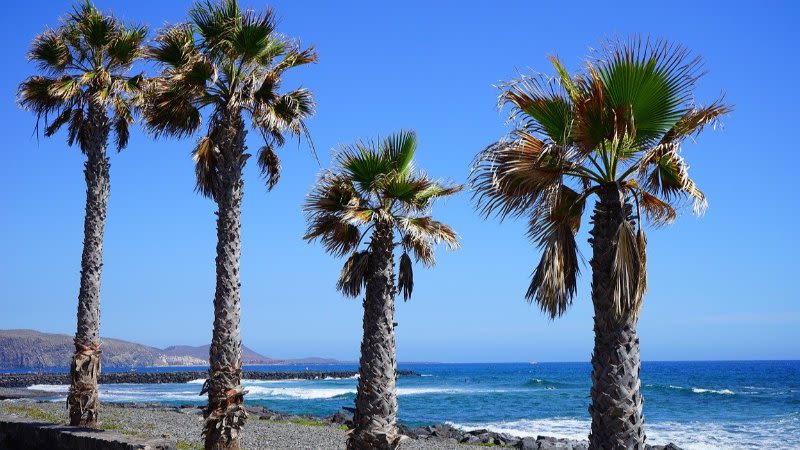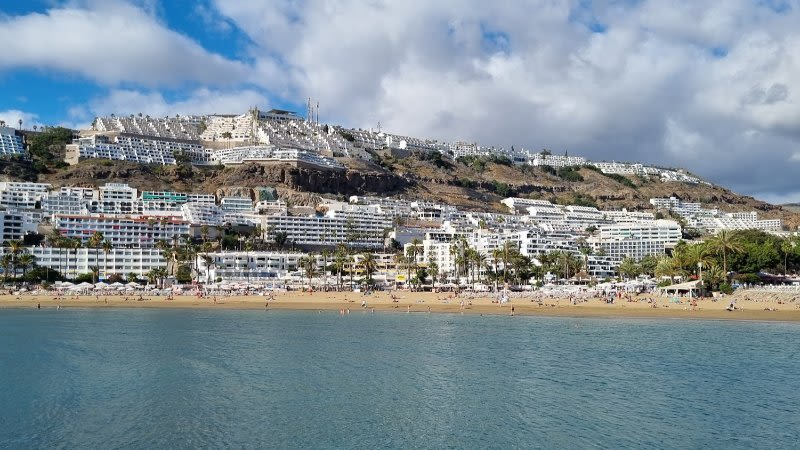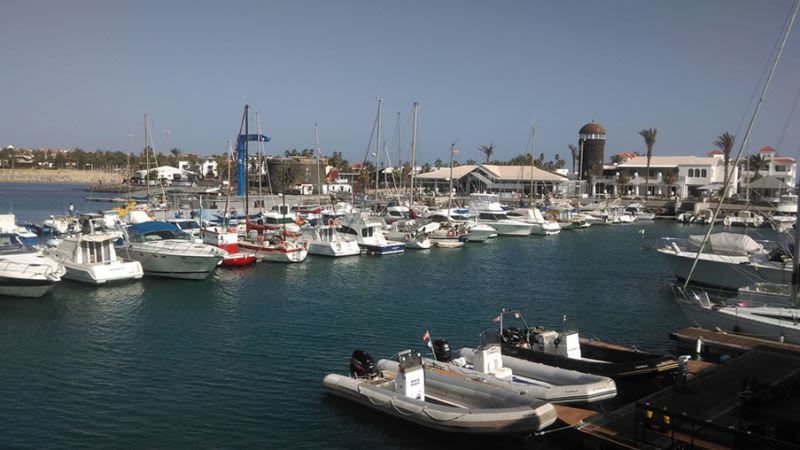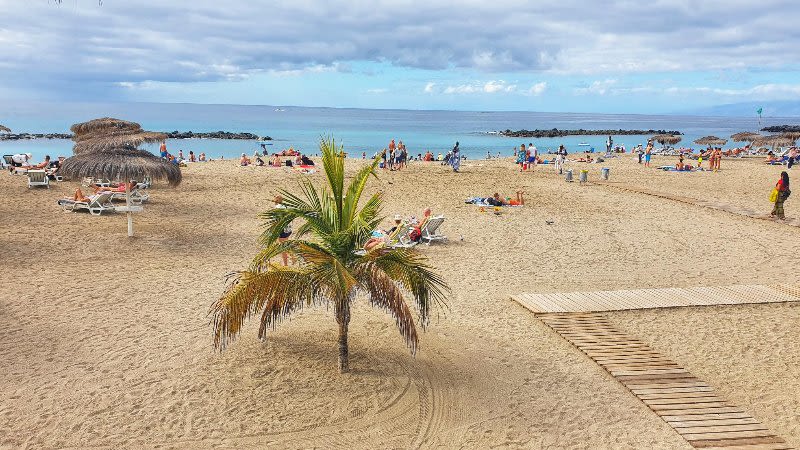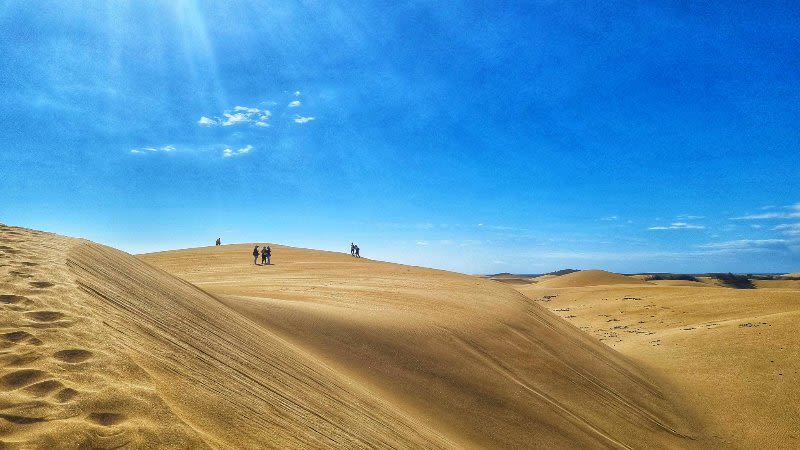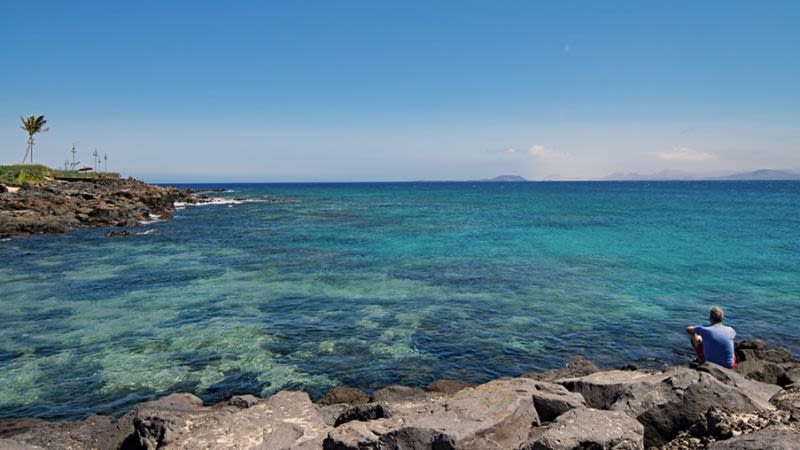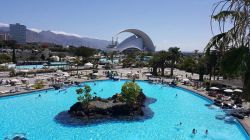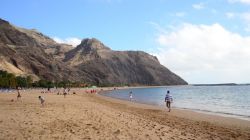Why you should visit the Canary Islands | More than a beach destination
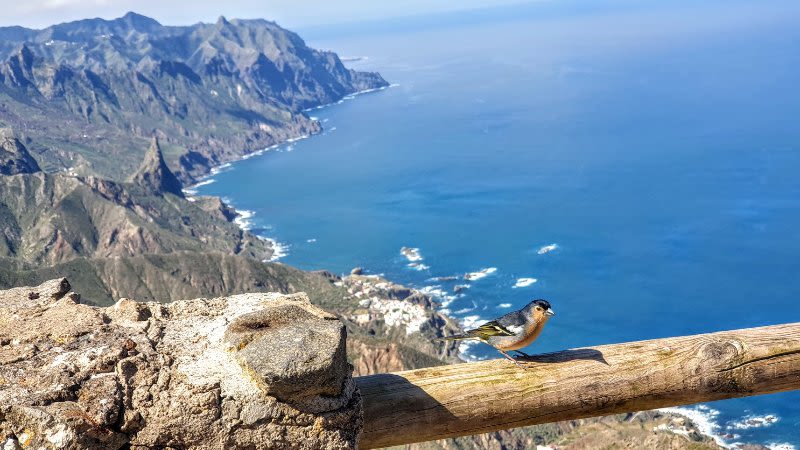
The Canary Islands, the Spanish archipelago made up of islands of volcanic origin, located close to the African continent, represent a popular destination for Europeans who come here looking for some much-needed winter sun.
Often named the "Hawaii of Europe", the Canary Islands deserve to be known and recognized internationally for their unique qualities, which are enough to make them stand out on the world map.
So why visit the Canary Islands?
The Canary Islands are a unique place to visit with diverse landscapes
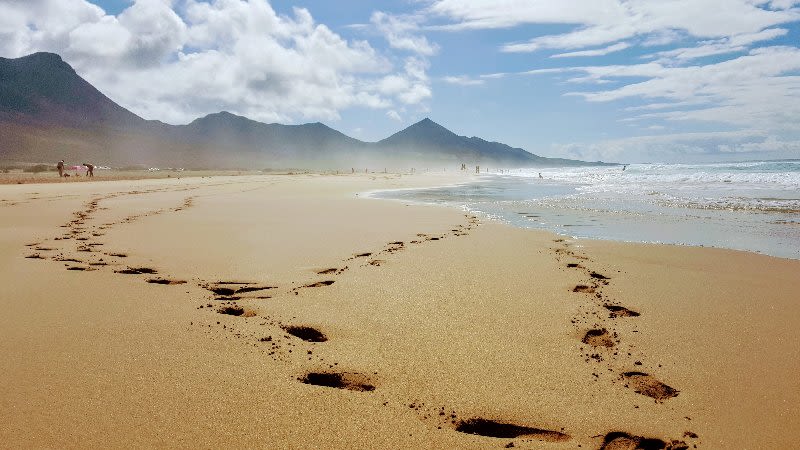
The entire archipelago is made up of eight islands, starting with Tenerife, which is the largest and also most popular, followed by Fuerteventura, Gran Canaria, Lanzarote, La Palma, La Gomera, El Hierro and La Graciosa, which is the tiniest of them all.
The Canary Islands were formed by volcanic eruptions a long time ago and although they all share the same volcanic background, their landscape couldn't be more different. While Fuerteventura, Lanzarote and La Graciosa have a more arid look, which will make you sometimes feel like you've landed on the moon or some other faraway planet, the other islands in the archipelago have a more diverse landscape, with tall mountains, ancients forests and endless paths that are ideal for hiking.
The warm winter climate
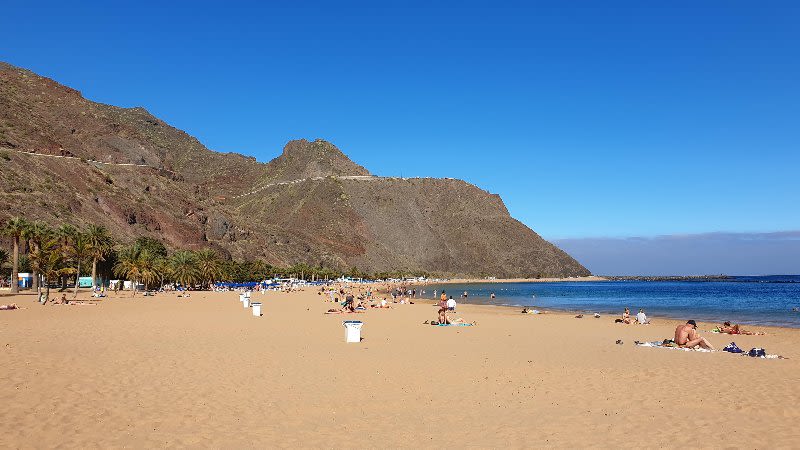
The Canary Islands are fortunate to have a mild climate, which means that they enjoy warm winters and generally spring-like weather all year long, which makes them such a popular destination for Europeans in winter.
But what is truly special about the Canary Islands has everything to do with the existence of microclimates, which means that the weather in different areas of an island can vary massively, more than you would imagine it could happen in such a small place.
Experience the different microclimates
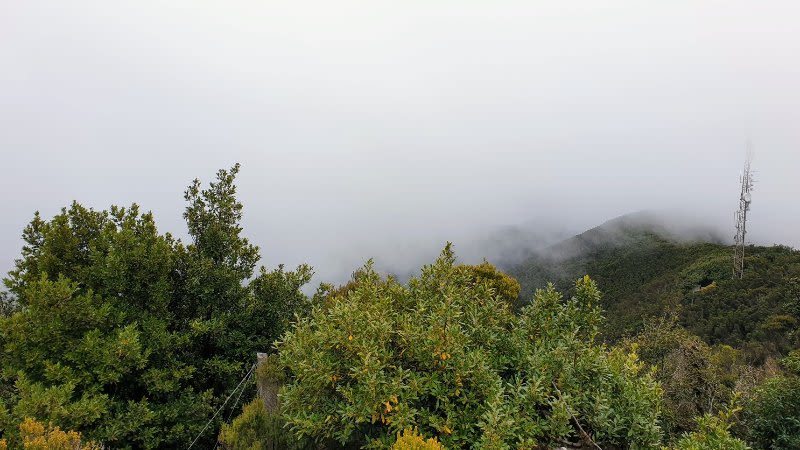
Tenerife is the perfect island to visit if you want to experience different microclimates. This characteristic is easier to be observed during the winter months when in the south of Tenerife the weather can be sunny and warm, while you can see Mt. Teide in the background covered in snow.
Imagine spending your morning on the beach in the south of Tenerife, only to get in the car, drive for about an hour or so towards Vilaflor and Teide National Park, where you could find yourself in the middle of a snowstorm (this happened to us once in January). And keep in mind that the distances around the island are short, from Los Cristianos to Teide National Park you won't have to drive more than 45 km (28 miles), so in such a short distance, the weather can vary drastically, which will make for a unique experience, that you can't get in many other places in the world.
But these are not the only areas with specific microclimates in Tenerife. The area of La Orotava or Anaga Rural Park can also surprise you with weather conditions that can change from one minute to the next. At one moment you can be in the sun in Puerto de la Cruz and a few minutes later you can arrive in La Orotava in the middle of pouring rain. You can go on a hike in Anaga starting with a clear blue sky and a few moments later you can stop at Mirador Pico del Ingles where you will find yourself above the clouds, with absolutely no view of what's happening below.
Great range of landscapes
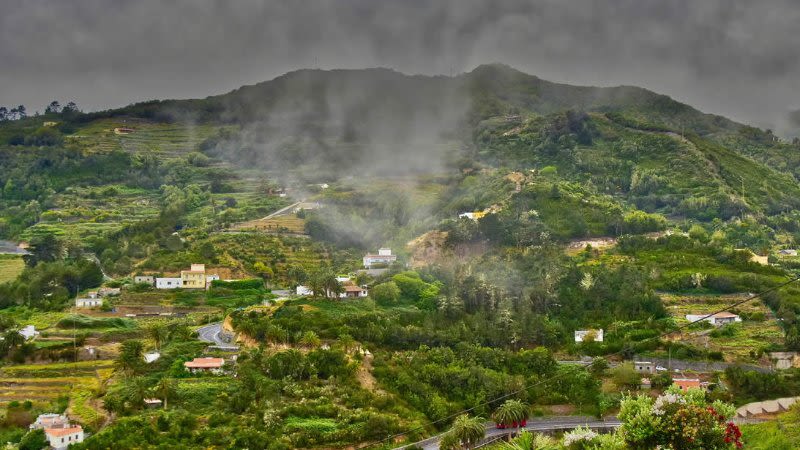
Tenerife is not the only Canary Island where you can find microclimates. Gran Canaria, La Palma, or La Gomera also have microclimates, being influenced by the mountains and the ocean. With such diverse landscapes all mixed together in such small places like these islands, you can get to experience a miniature continent in just one day.
This great diversity in landscapes is one of the main attractions of the Canary Islands. You can spend one day chilling on a beach and swimming in the ocean and the next day you can go hiking on a volcano, or you can go cycling on one of the many bike-friendly paths, or you can visit one of the largest and most interesting cities in Spain: Las Palmas de Gran Canaria, one of the two capitals of the archipelago, along with Santa Cruz de Tenerife.
Island hopping
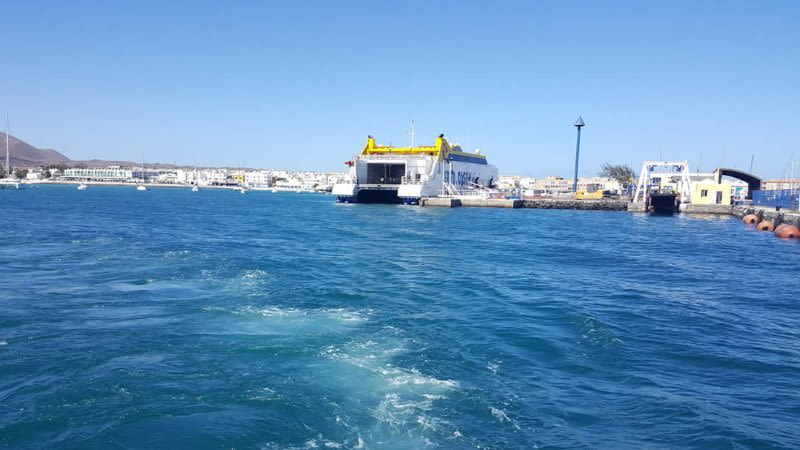
It is possible to visit all the Canary Islands, as travel between the islands is possible either by airplane or by ferry. The islands are well connected and a journey by air will not take more than one hour.
Gran Canaria has the best connections with Lanzarote and Fuerteventura, while Tenerife has the best connections with La Gomera, El Hierro and La Palma. Tenerife and Gran Canaria also share many daily connections, so it's easy to hop from one island to another, to experience as much of the Canary Islands as possible.
One of the best places in the world for stargazing
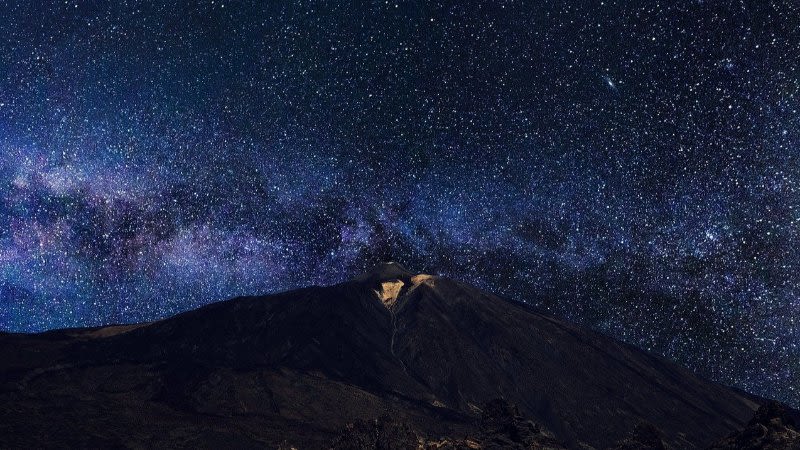
Did you know that the Canary Islands are one of the best places in the world for stargazing?
In fact, La Palma was the first Starlight Reserve in the world, and also the world’s first Starlight Tourist Destination, as declared by the Starlight Foundation. This means that in La Palma you will find many astronomical viewpoints and also hiking trails from where you can admire the starry sky at night. You can also find unique places to stay, like certified rural homes that offer facilities for stargazing.
Tenerife is also a great place to visit for stargazing and you will find many tours dedicated to stargazing, that will take you on a journey around Teide National Park at night, where you will admire the clearest view of the night's sky, unpolluted by light.
La Palma is also home to Roque de Los Muchachos Observatory, an astronomical observatory where you can find some of the largest telescopes in the world.
More than a beach destination
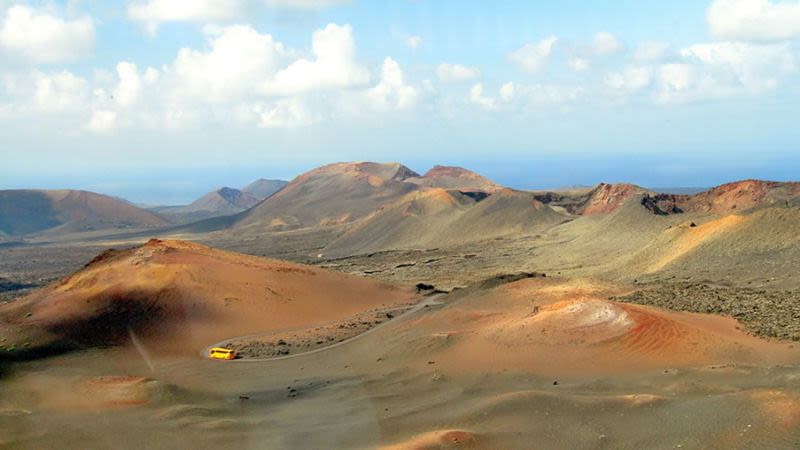
For many visitors, the Canary Islands represent only a beach destination, where they can escape the cold or the rain or snow back home, especially between November and March.
But the Canary Islands harbor a lot of natural beauty and wild landscapes that can only be found if you go exploring beyond the limits of the tourist resorts.
We absolutely love the Canary Islands, but not just for the warm weather. It is fascinating to discover so many unique and diverse places like Mt Teide, which is the highest peak in Spain, the laurel forests like the ones in Anaga Rural Park or Garajonay National Park, the volcanic landscape in Timanfaya National Park or to experience the incredible atmosphere of the Carnival in Santa Cruz de Tenerife, the second largest carnival in the world.
The Canaries will charm you with small villages like El Cotillo or Betancuria in Fuerteventura, Haria or Teguise in Lanzarote, or Tejeda in Gran Canaria. And sometimes the journey itself can be the best part of the day, such as when you're driving to Masca, where you'll get the thrill of driving through some of Tenerife's most scenic roads, with a series of hairpin turns that will make the journey an unforgettable one.
Discover the true beauty of the Canary Islands
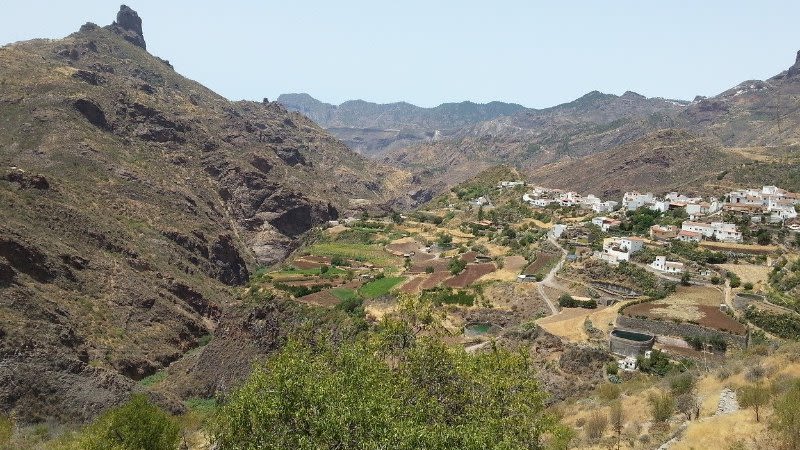
We want to encourage visitors to the Canary Islands to do more than sunbathing and bar-hopping when visiting the archipelago. There's nothing wrong with relaxing and having a good time while you're on holiday, but take at least a day or two to discover the beauty of the island you're visiting.
We usually recommend renting a car and driving around the islands yourself, as it's safe and easy and this way you can get to places where no tours will take you and you get to spend as much time as you want there. Public buses are also a good option for roaming around the islands in the Canaries.
Stop at some of the many viewpoints or Miradors along the way, go grab a coffee and a cake in a random small town at a local cafe and dare to speak a few words in Spanish. It will go a long way.
Why we love the Canary Islands and we keep coming back year after year
What is still surprising to us, after so many years of returning to the Canary Islands, again and again, is that we still manage to find new and interesting places every time we visit.
So that's why we want to encourage everyone visiting the Canary Islands to go out, explore, and marvel at the beauty that is hidden in this unique corner of the world.
FAQ about visiting the Canary Islands
The Canary Islands are definitely worth visiting, as they offer a diverse range of landscapes and activities, as well as beautiful beaches and good food. The Canaries are a great destination for a family holiday in Spain all year round, with so much to discover on all the islands. Don't skip visiting Mt Teide in Tenerife, Corralejo Grandes Playas in Fuerteventura, Maspalomas Dunes in Gran Canaria or Timanfaya National Park in Lanzarote.


